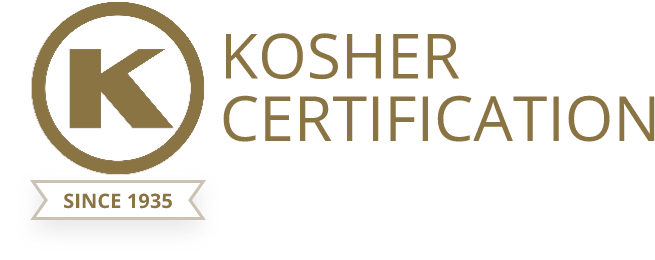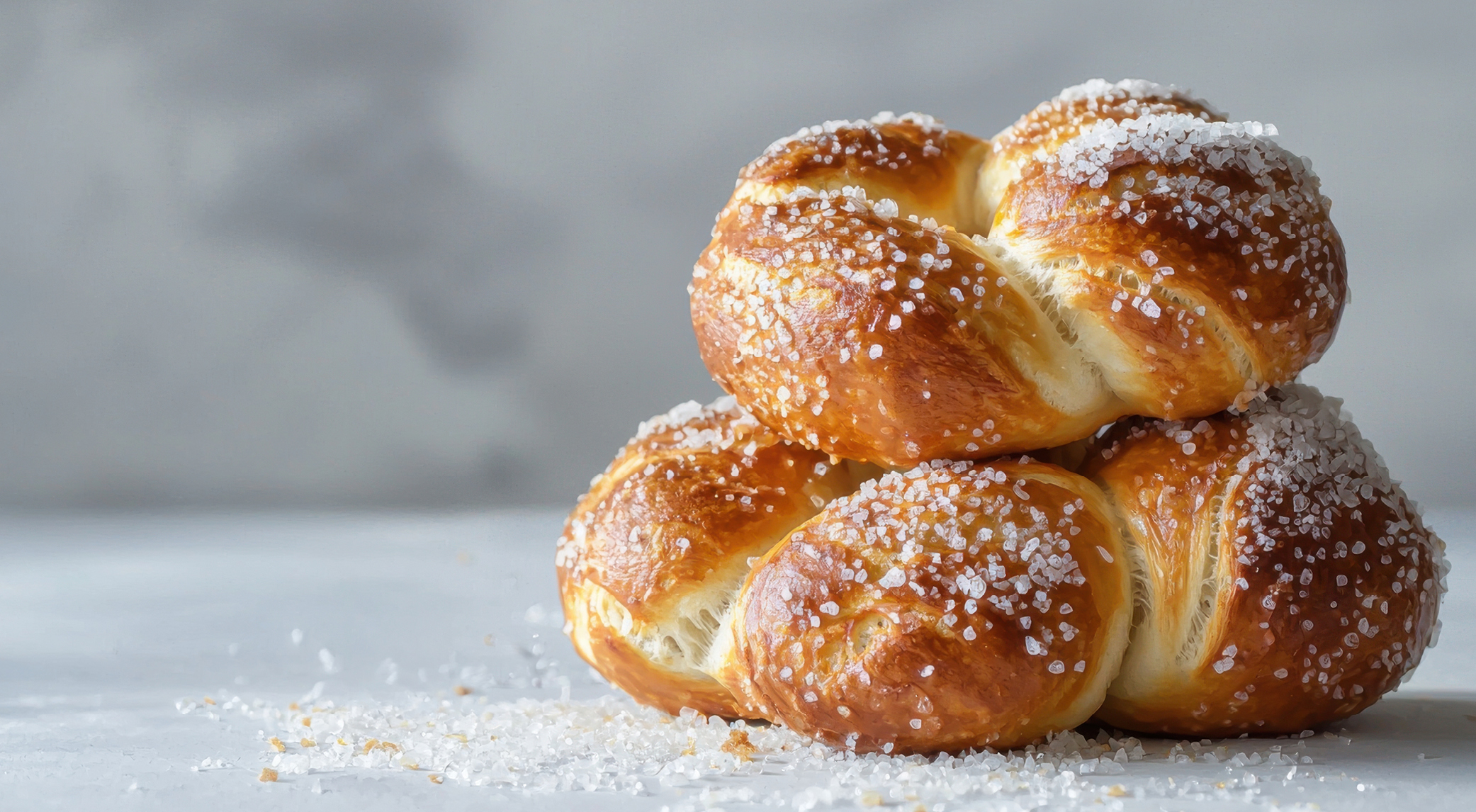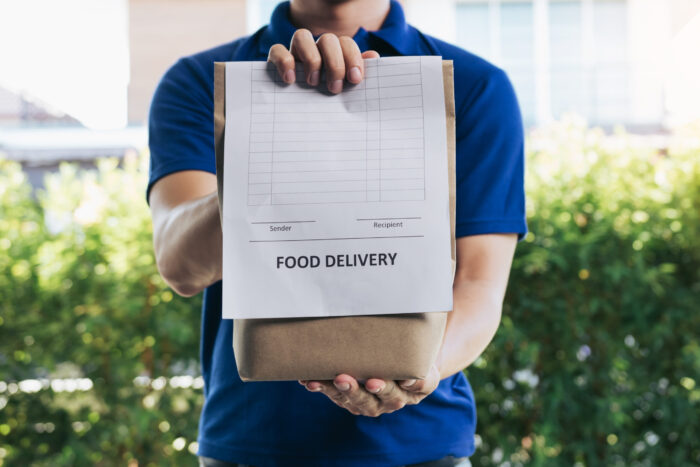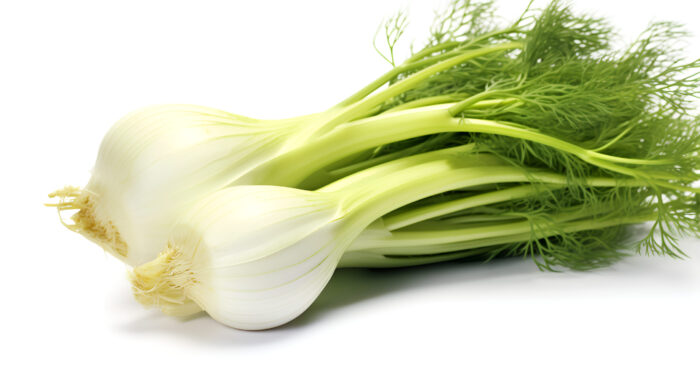WHILE IT MAY be tempting to bake milchig challahs for Shavuos, this raises significant Halachic concerns.
There is a Rabbinic prohibition against baking dairy bread, out of concern that one may mistakenly eat it with meat.
There are two situations in which dairy bread may be permitted:
- If only a small quantity is made.
- If the bread is baked in an unusual shape.
The Shulchan Oruch (Yoreh De’ah 97:1) states:
“One may not knead dough with milk, lest one come to eat it with meat. If one did knead it that way, the entire loaf is forbidden, even on its own. If it was a small amount that can be consumed in one sitting, or if its shape is unusual and makes it recognizable as dairy, it is permitted.
Rema: Thus, we are accustomed to bake dairy bread for Shavuos… because it is considered a small amount. Also, its shape is distinct from regular bread.”
Definition of “Small Amount”
The Mechaber defines a “small amount” as a portion that can be consumed in one sitting. Anything more would be prohibited. The Rema is more lenient, permitting bread
that would be eaten within 24 hours.
Definition of “Unusual Shape”
Poskim disagree on how unusual the shape must be. Some say a subtle distinction is sufficient to serve as a reminder. Others argue the shape must be unusual enough to prompt anyone who sees it to inquire about it and learn that it is dairy.
Contemporary authorities generally follow the stricter opinion that the shape must be distinctive.
Altering the Bread After Baking
There is debate among the Poskim about whether changing the shape or breaking the loaf into smaller portions after baking makes it permissible.
Rav Yonason Eibshitz (Kreisi U’Pleisi) rules that it does. According to his ruling, large dairy bread can be modified after baking to render it permissible.
The Chovos Da’as, however, maintains that once bread is baked in a prohibited form or quantity, it remains forbidden regardless of any changes made afterward. The Pischei
Teshuva and Pri Megadim side with this stricter view. (Pischei Teshuva to Yoreh Deah 97:1)
In conclusion, if you wish to bake milchig challahs for Shavuos, the ideal approach is to make them an unusual shape, as this is a clear, straightforward heter. If one insists on baking them in a regular shape, one should consult a Rav as to how exactly to define the “small amount” that Shulchan Oruch permits, as there is a lot of ambiguity in this matter.

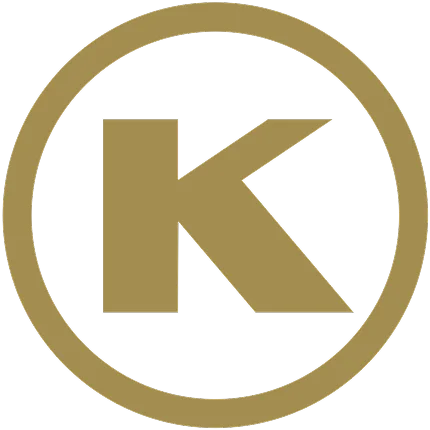
 EN
EN  ZH
ZH  KR
KR  BR
BR  ES
ES  IN
IN  IL
IL 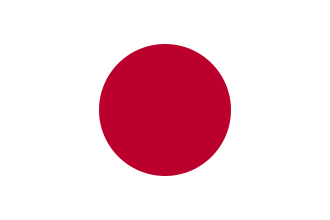 JP
JP 